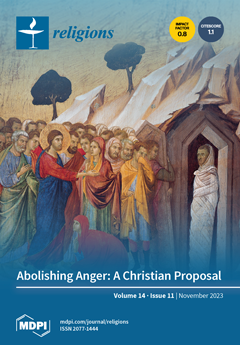Prophet Muhammad is a central figure in Islam. Systematic exploration of his life and biography as a central discourse for
sīrah studies remains timeless and relevant. This has made his life a focal point for study among Muslim and Western scholars for centuries, resulting in the emergence of fresh approaches in modern times. This paper delves into the concept of “
sīrah philosophy,” which is vigorously advocated by Fethullah Gülen, a prominent Muslim scholar, as a novel and essential perspective for
sīrah studies in modern times. Gülen’s amalgamation of the Prophet’s life and contemporary challenges underscores the enduring significance of
sīrah in guiding modern discourse.
Sīrah philosophy, at its core, provides a framework rooted in the Prophet’s life to draw inspiration for addressing contemporary issues. The article unpacks the practical application of
sīrah philosophy through the Hudaybiya incident, a pivotal moment in the Prophet’s life during his time in Medina. From conflict resolution and peacebuilding to interfaith dialogue, Gülen’s approach leverages
sīrah to propose solutions for complex contemporary problems, offering a dynamic way to engage with present-day predicaments. In essence, this article emphasises how
sīrah, as envisioned by Muslim scholars like Gülen, transcends historical and contextual boundaries, enriching present-day discourse. As
sīrah studies evolve, this pioneering exploration of a modern trajectory fosters a deeper appreciation of the Prophet’s legacy, facilitating comprehensive understanding for diverse audiences. This article argues that this approach is groundbreaking and innovative, paving the way for new perspectives to read and interpret
sīrah in a contemporary world for a modern audience.
Full article





